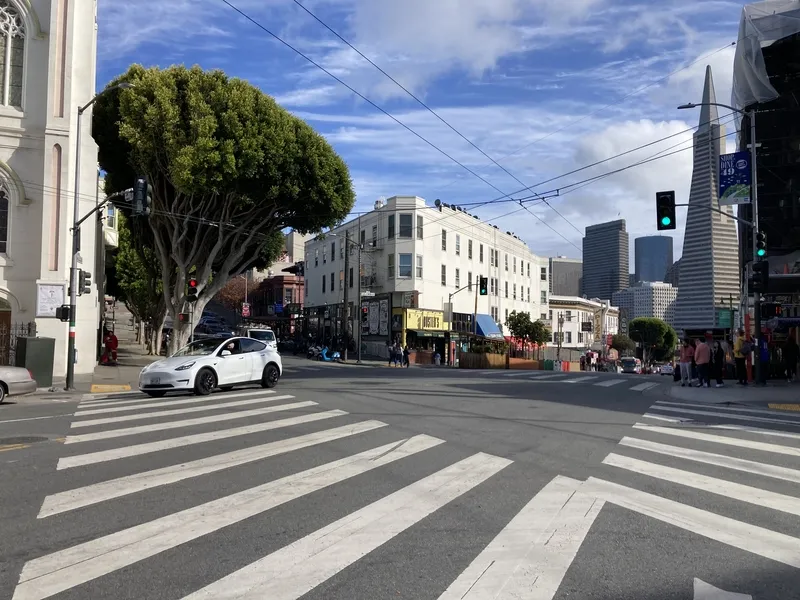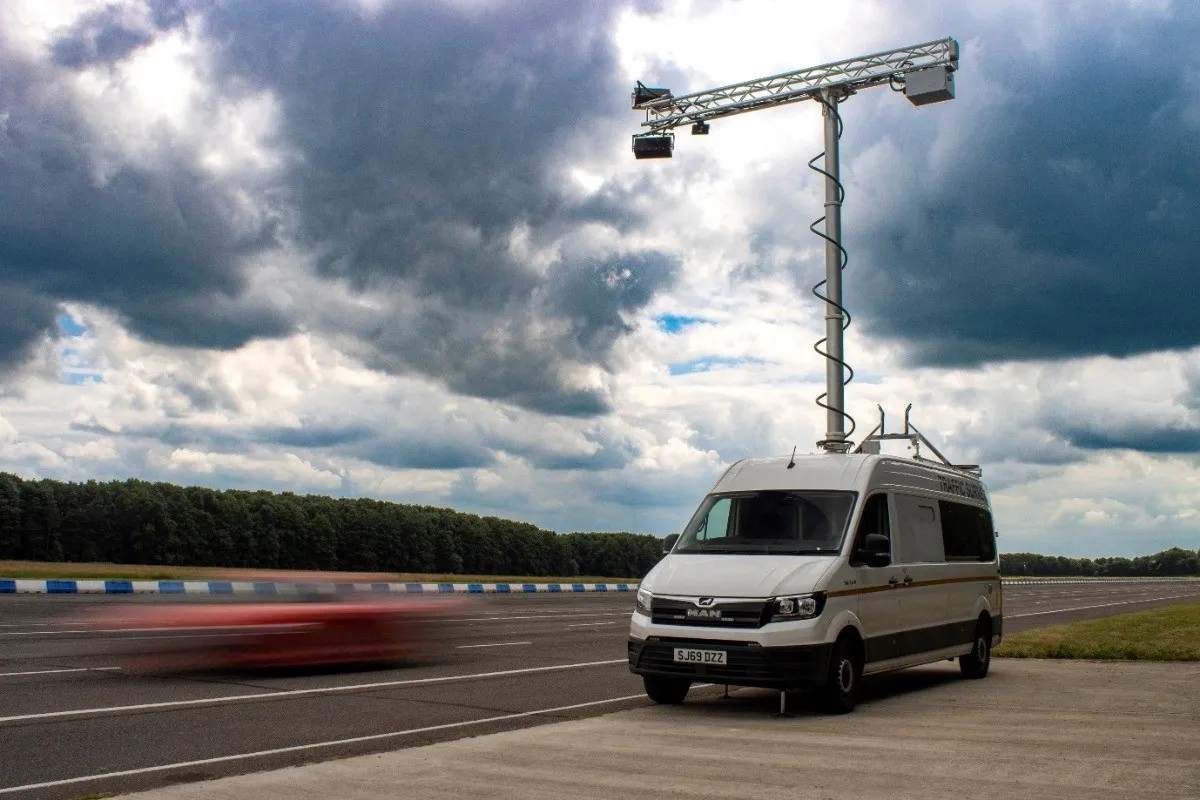A new report shows a 30 per cent increase in fatal traffic collisions and a 117 per cent increase in total traffic crashes at 51 intersections in Houston where red-light safety cameras once stood.
New figures from the Houston Police Department released by the National Coalition for Safer Roads (NCSR) show total traffic collisions more than doubled from 4,147 in 2006-2010 when cameras were in use to 8,984 in 2010-2014, when cameras were not in operation. The city ended its red-light safety camera program
November 7, 2014
Read time: 2 mins
A new report shows a 30 per cent increase in fatal traffic collisions and a 117 per cent increase in total traffic crashes at 51 intersections in Houston where red-light safety cameras once stood.
New figures from the1861 Houston Police Department released by the 5755 National Coalition for Safer Roads (NCSR) show total traffic collisions more than doubled from 4,147 in 2006-2010 when cameras were in use to 8,984 in 2010-2014, when cameras were not in operation. The city ended its red-light safety camera program in 2010. During the same time period, fatal crashes rose from 10 to 13, and major crashes rose nearly 85 per cent, from 1,391 to 2,568.
Independent research in Texas and Virginia indicates Houston's experience is not unexpected.
According to the232 Texas Transportation Institute, in 2010, total intersection crashes increased about 64 per cent, and red-light running crashes occurred three times more frequently in the city of Garland, Texas, after red-light safety cameras were removed.
In Virginia Beach, Virginia, red-light running events increased 11.3 per cent one month after cameras were taken down. With cameras in place, the red-light running rate was 3.1 percent, according to a 2013 study from Old Dominion University.
Reports from other cities further reveal how quickly drivers return to their dangerous red-light running behaviour once camera programs end.
In Kansas City, Missouri, red-light running incidents increased nearly 33 per cent from December 2012 to the same month in 2013, the first month with cameras inactive.
When Pima County, Arizona, ended its speed camera program, the number of drivers speeding more than 11 mph over the posted speed limit increased 1,000 per cent from 2013 to 2014.
When construction work forced the city of Jersey Village, Texas, to remove 10 red-light safety cameras, traffic collisions increased 28 per cent at those locations. Citywide, crashes increased 9 per cent.
"Red-light running is a significant issue in the United States, often contributing to collision-related fatalities," says NCSR president Melissa Wandall.
New figures from the
Independent research in Texas and Virginia indicates Houston's experience is not unexpected.
According to the
In Virginia Beach, Virginia, red-light running events increased 11.3 per cent one month after cameras were taken down. With cameras in place, the red-light running rate was 3.1 percent, according to a 2013 study from Old Dominion University.
Reports from other cities further reveal how quickly drivers return to their dangerous red-light running behaviour once camera programs end.
In Kansas City, Missouri, red-light running incidents increased nearly 33 per cent from December 2012 to the same month in 2013, the first month with cameras inactive.
When Pima County, Arizona, ended its speed camera program, the number of drivers speeding more than 11 mph over the posted speed limit increased 1,000 per cent from 2013 to 2014.
When construction work forced the city of Jersey Village, Texas, to remove 10 red-light safety cameras, traffic collisions increased 28 per cent at those locations. Citywide, crashes increased 9 per cent.
"Red-light running is a significant issue in the United States, often contributing to collision-related fatalities," says NCSR president Melissa Wandall.









